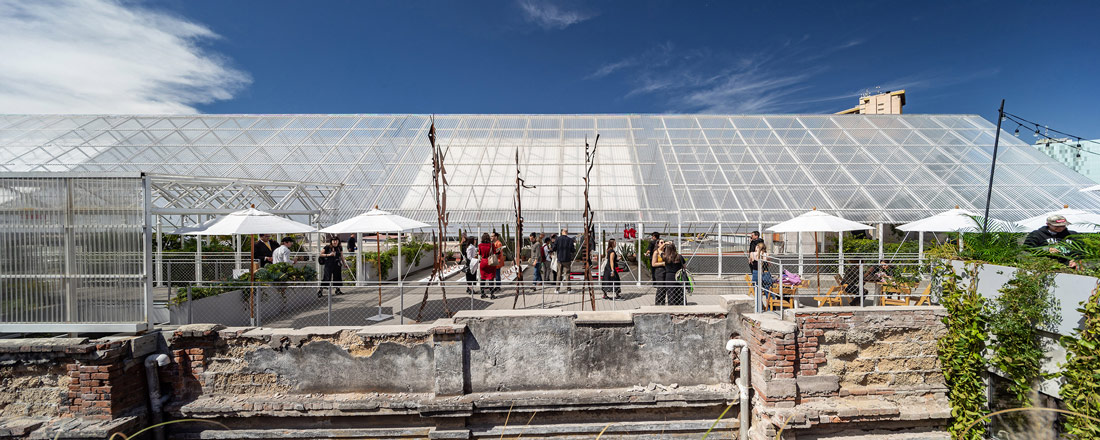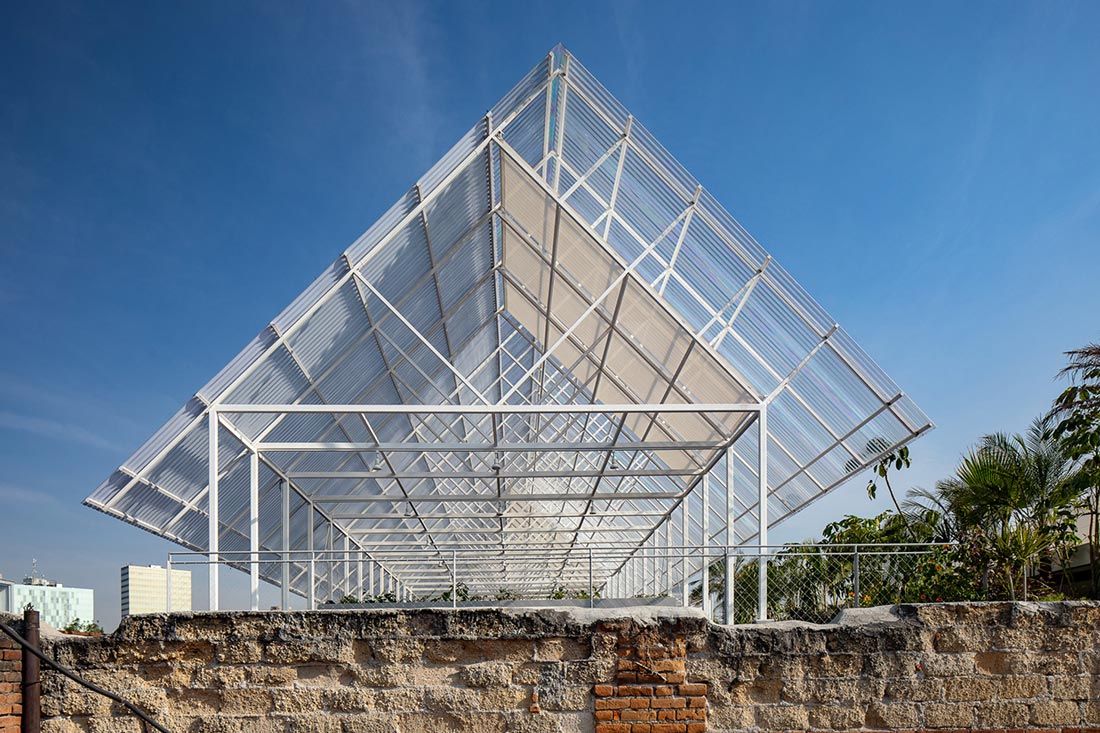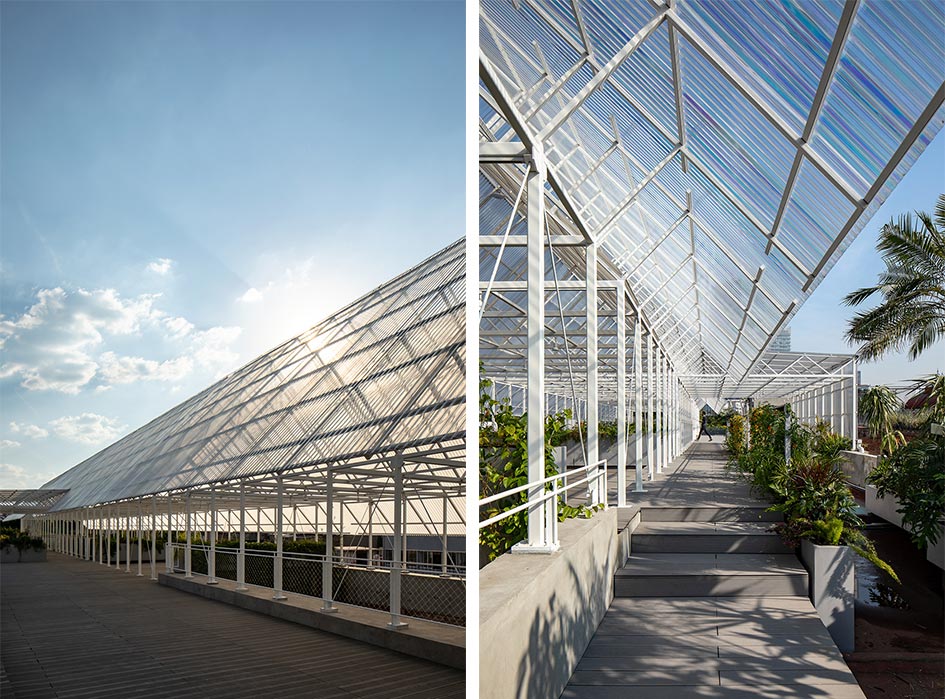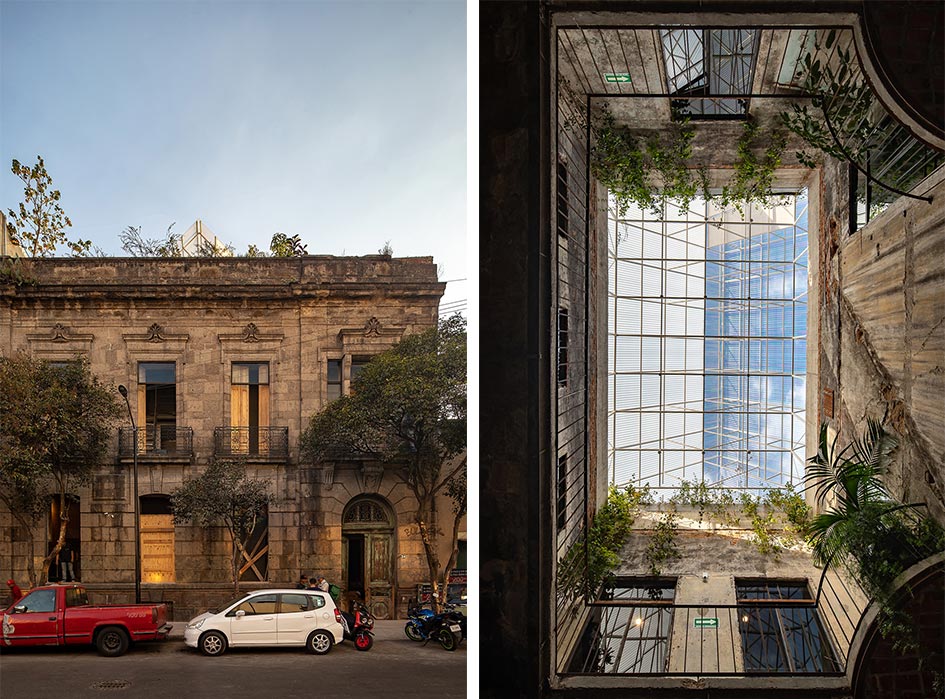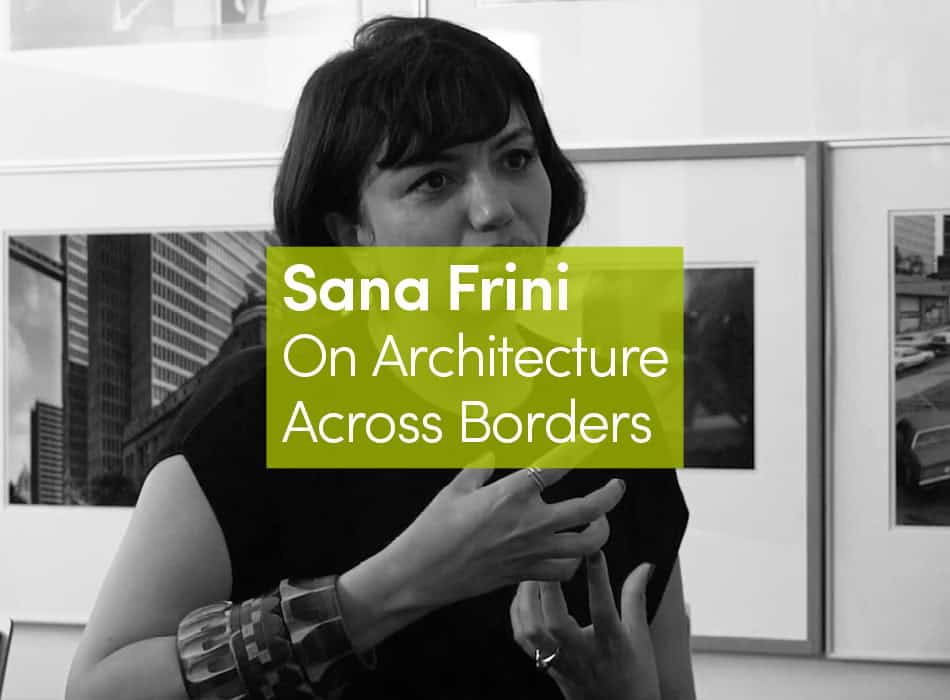The project is located on the rooftop of an early 20th-century palace in the center of Mexico City, where cultural and festive events are held. In order to prevent the occasional rains from interrupting the activities organized in the courtyards, the owner of the property wanted to cover the three existing patios. Instead of making three independent interventions, we generated a single proposal: a continuous structure measuring more than 50 meters in length, connecting the courtyards in a straight line and generating new covered surfaces between them.
The structure consists of 45 lightweight metal trusses, each 1.2 m apart, dividing the weight evenly over the existing construction and accentuating the rhythms and perspectives across the roof. The triangular section of the structure is designed asymmetrically so that one side can incorporate a covered pathway.
Light and industrialized synthetic materials such as the PVC deck, polycarbonate sheets, and railings made of nylon nets seek to reduce the weight of the construction and generate a strong contrast with the materiality of the historic building. Two different types of polycarbonate were used (translucent and transparent) to filter the sunlight, while maintaining views of the sky from the courtyards.
Additionally, textile screens (borrowed from the agricultural industry) are integrated in specific places to provide deeper shade. The geometric rhythm of the structure is complemented by another series of elements, such as the planters that surround the courtyards and delimit the new terraces, and the light fixtures that highlight the intervention in the city’s skyline.
As an alternative to demolishing historic, but often unregistered, buildings in Mexico City, this project shows how valuable structures can be reused and adapted in an intelligent way, when the financing for a full-scale restauration is not (or not yet available). It explores the esthetic quality of the building “as found” and enhances that experience by contrasting it with a contemporary intervention.






